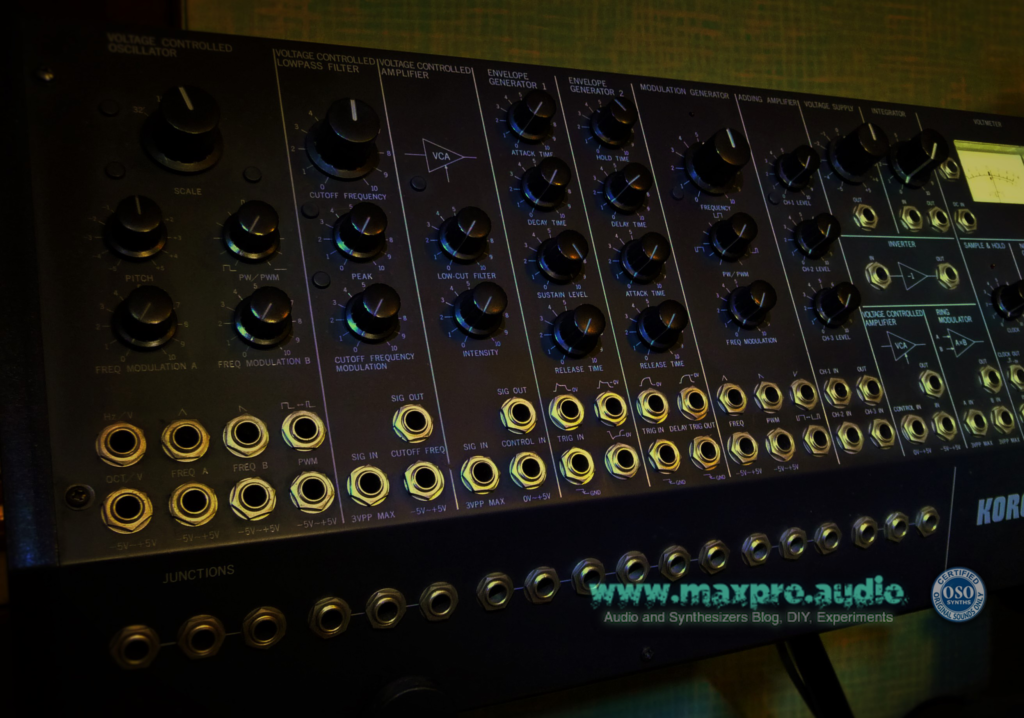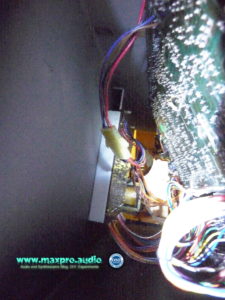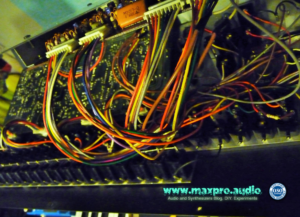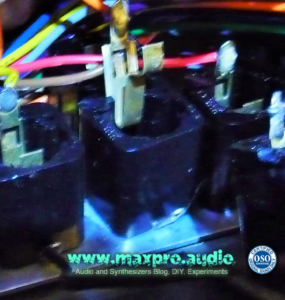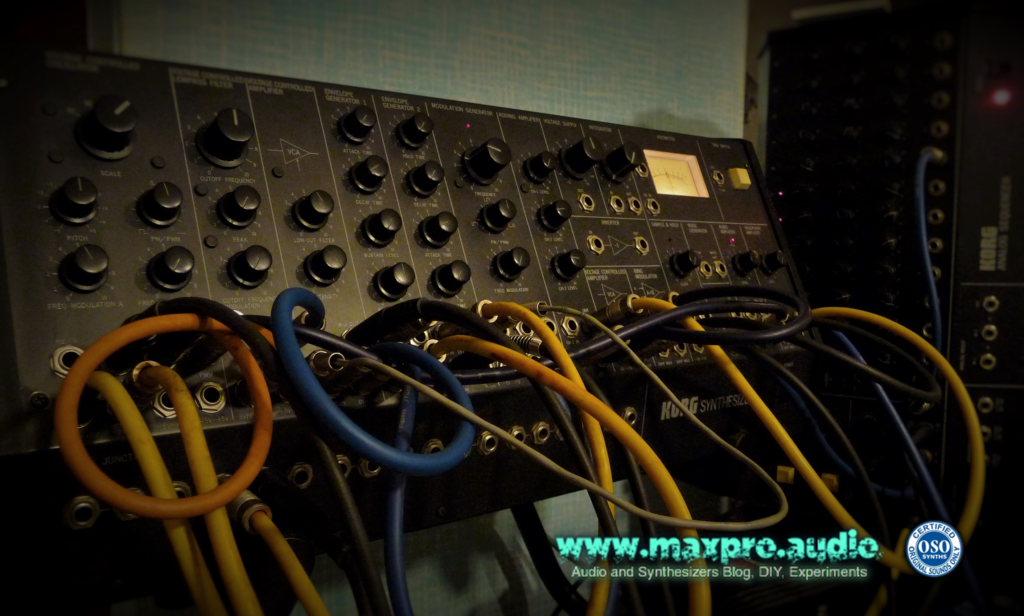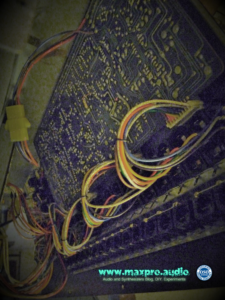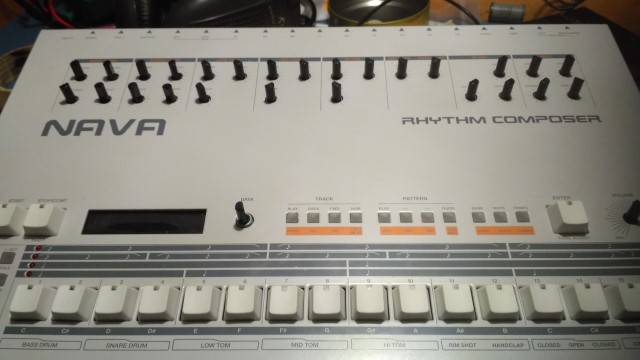
Done, it is finally alive !!!
Ufff, it took me a lot of time, but surely it was worth it! Finally, I have in my hands a Roland TR909 as in the old days. The sound is identical because this is a real clone, the appearance not precisely the same, but similar enough to fade the memories and fully create the illusion.
I bought the kit two or more years ago, but because of some laziness to start a project of this size and the delay to reorganize and restore the studio, which could no longer be postponed, I only had complete it now.
The NAVA is a clone of the classic Roland TR-909 drum machine, offered by the e-licktronic site in the DIY kit form:
http://www.e-licktronic.com/en/nava-parts-kit/50-nava-tr909-clone.html
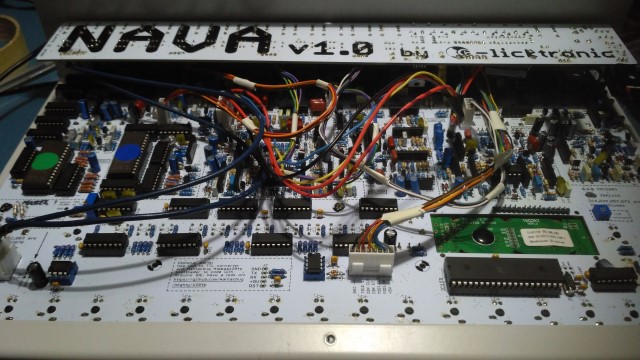
The kit consists of the motherboard and an I / O card, plus a series of transistors and ICs, which are obsolete and therefore difficult to acquire. It is necessary to buy a large list of components, but there is a BOM with a link to Mousers where a prepared trolley is already present. The project is quite complex, given the number of components and their density. The construction is even more complex as the connection points and the relative exposed copper are really tiny, forcing during the building, to never lower the attention.
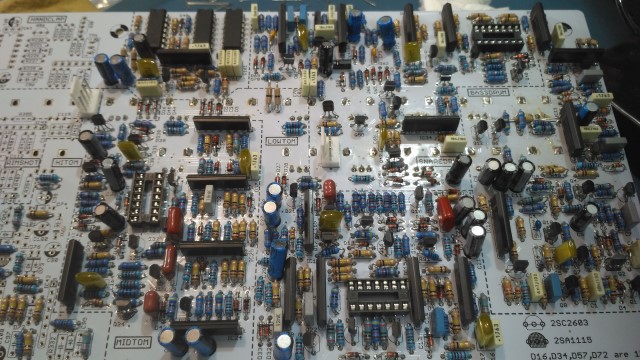
In fact, despite the many years of experience in DIY and the needed careful attention, the construction was not entirely easy.
At the end of the project, after days (or in my case weeks) of work, the crucial moment is always to push the ON switch and verify the presence of “life” in a new assembly. Unfortunately, this time after loading the software and verifying that the sequencer was working, I noticed that the HH was not present … OMG impossible to stay too long without that emblematic OH!
While I have no problems with the construction, not having studied electronics, diagnosing a failure is for me always a nightmare. This time, I was able to put into practice some techniques I learned on how to use the oscilloscope to trace failures. The culprit turned out to be a five pins transistor, the old 2SA798 quite difficult to find, at reasonable prices. I’ve been able to emulate it, using a couple of matched BC560 transistors, soldered together.
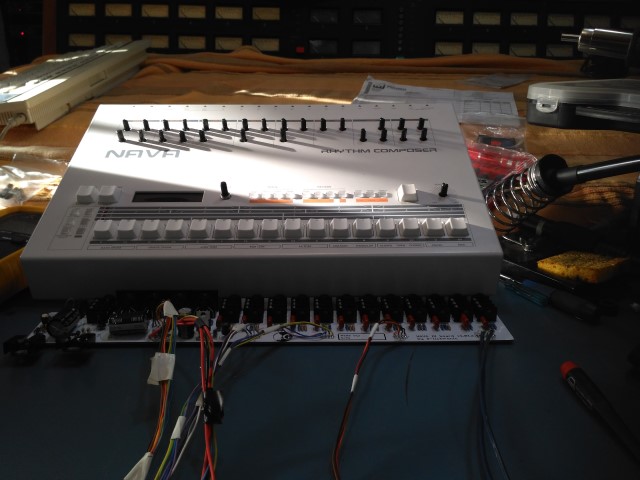
ATTACK OF THE CLONES
With the imminent arrival of the Behringer’s 909 and the Roland virtual analog reissue, we will soon be invaded by clones of this vintage drum machine, which will perhaps cause some of the magic of it, to be lost. BTW assembling with your own hands a piece of electronics with which playing music and having fun, is one of the greatest satisfactions a synth-nerd can experience. In my case, I have in my hands an electronic drum machine that I had loved a lot but then sold to switch to the, in those times new, PCM technology (a Korg DDD-1) and in the following years could no longer buy it because of the crazy prices of these units in the second-hand market.
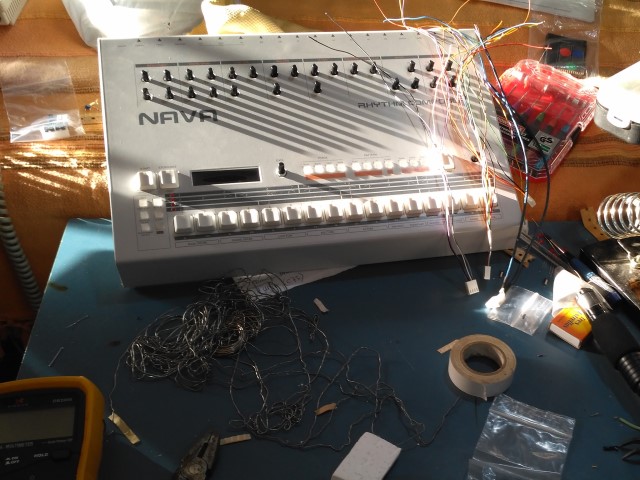
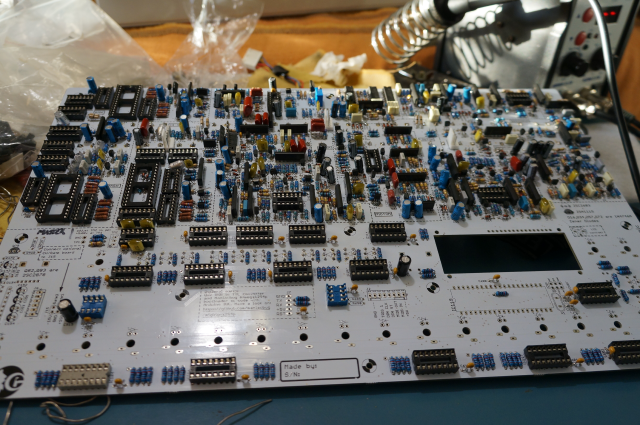
Below you will find some of my tracks recently released, using the NAVA Roland TR-909, thanks for listening:

